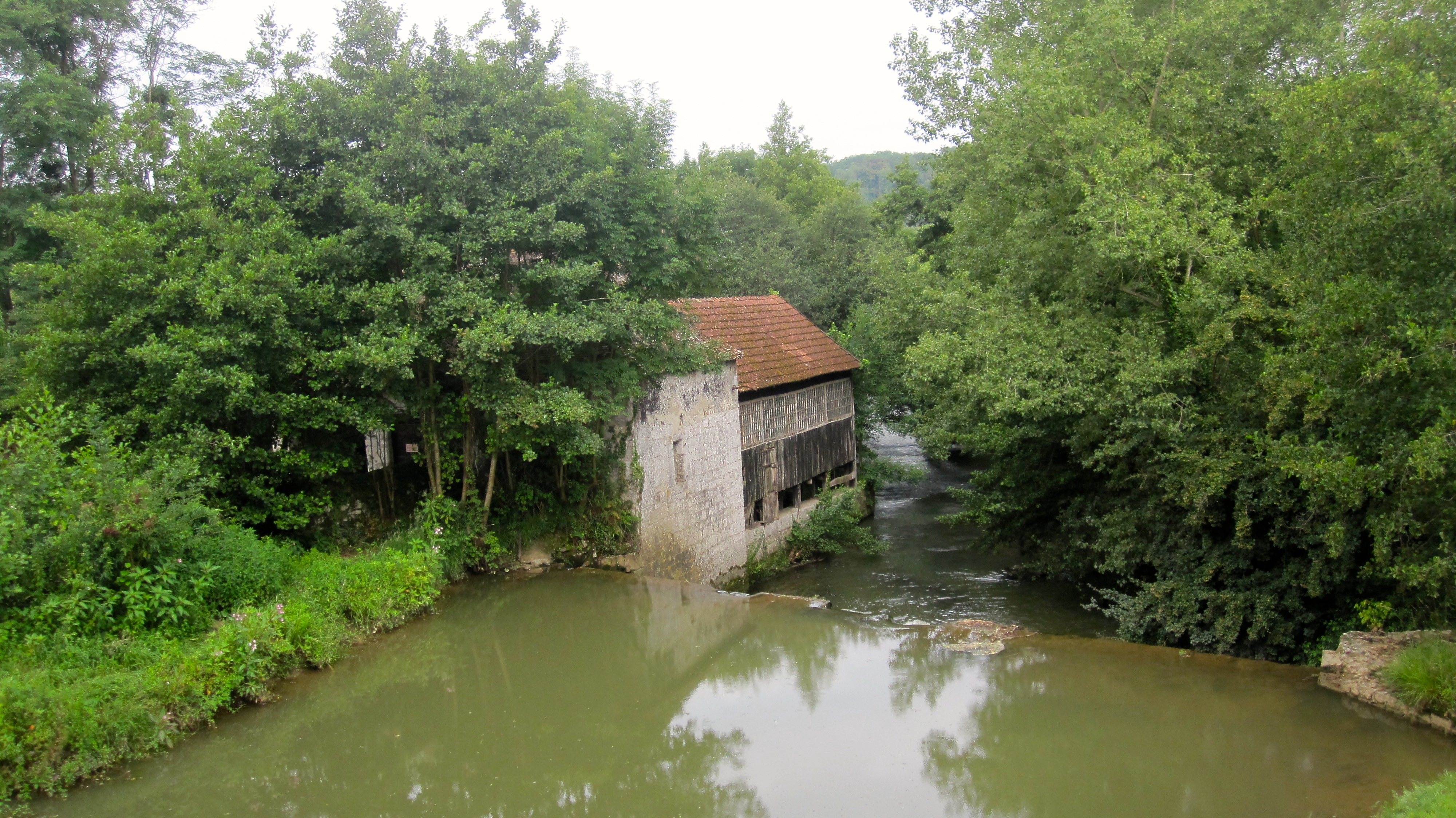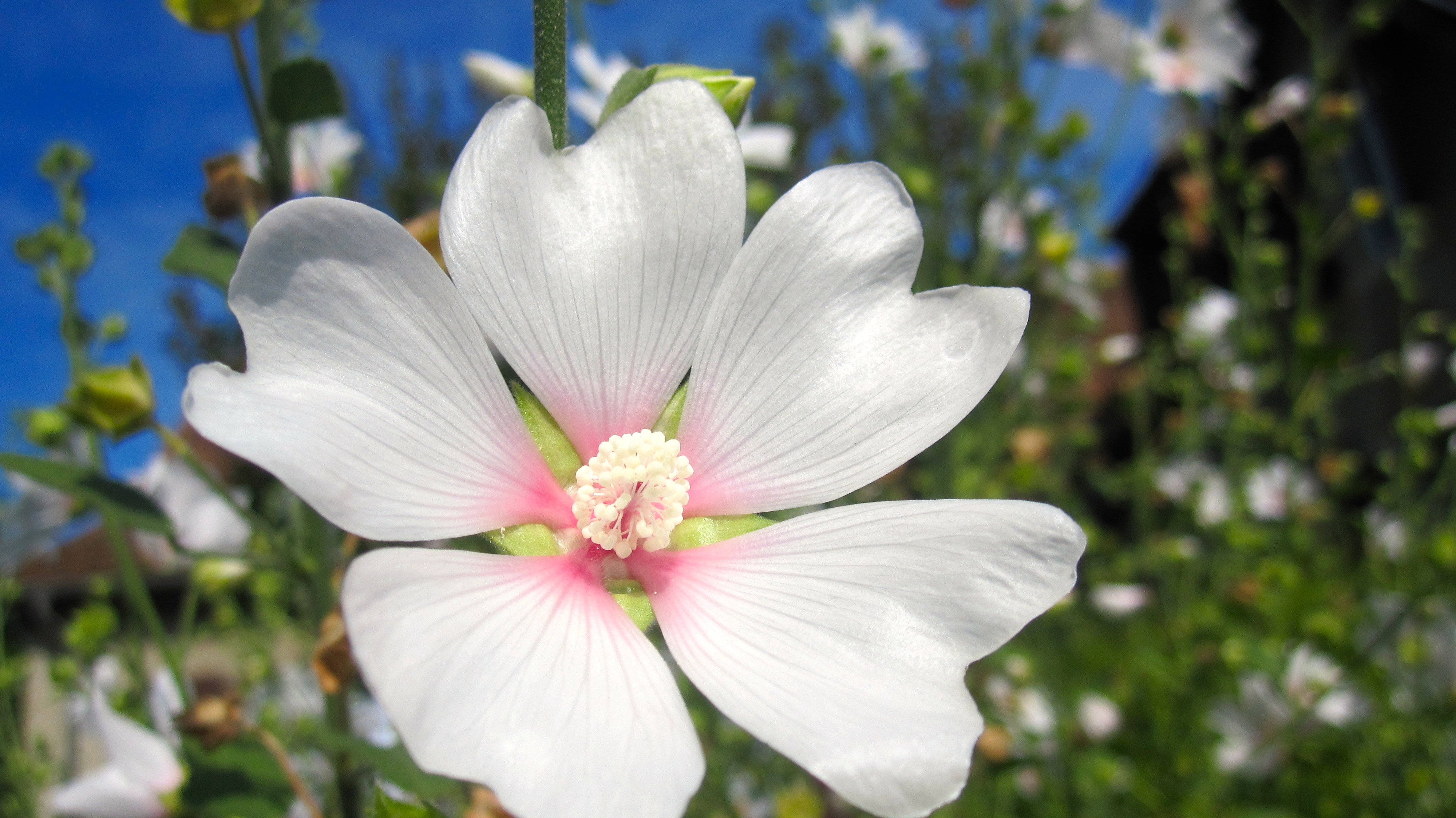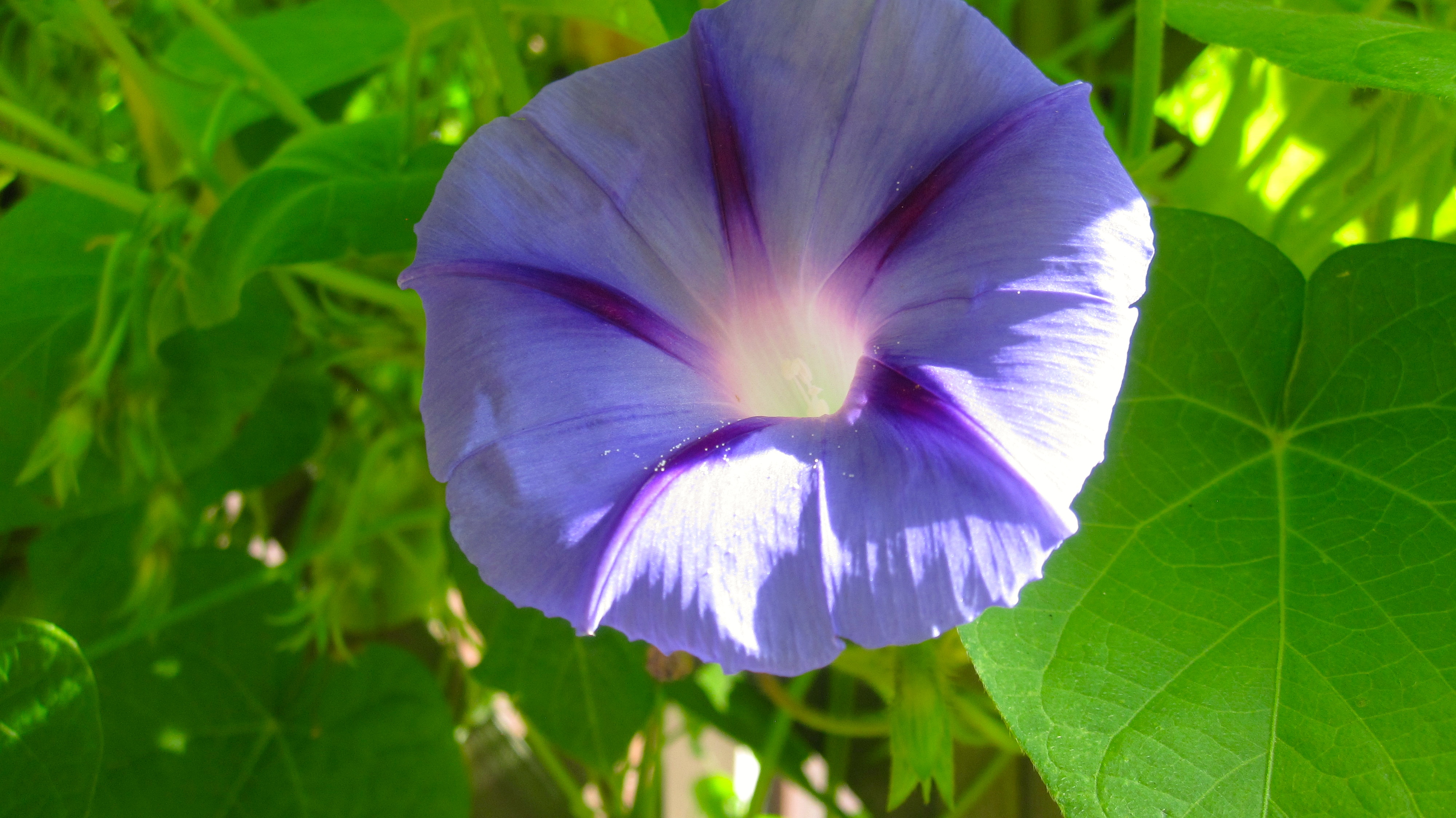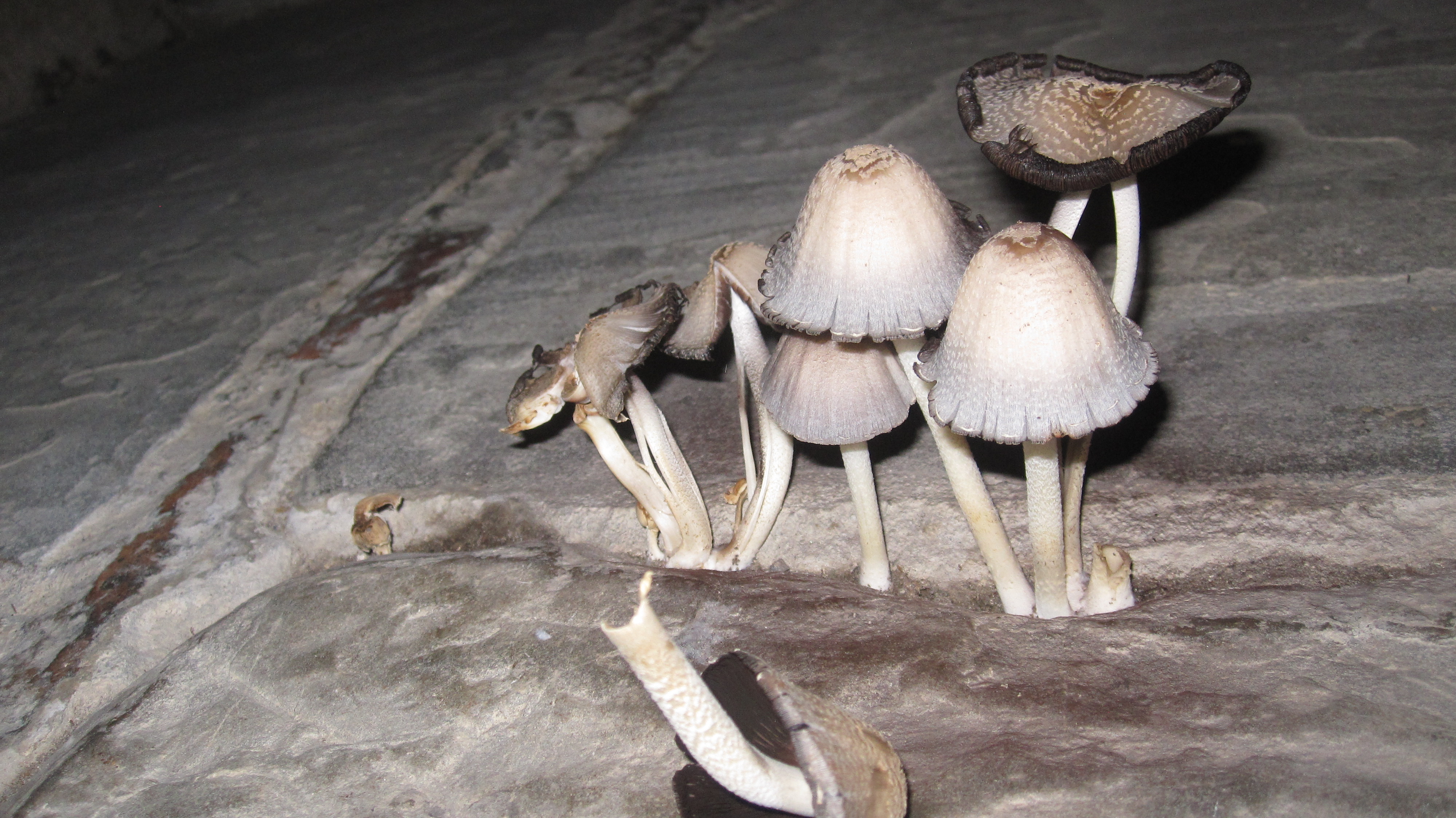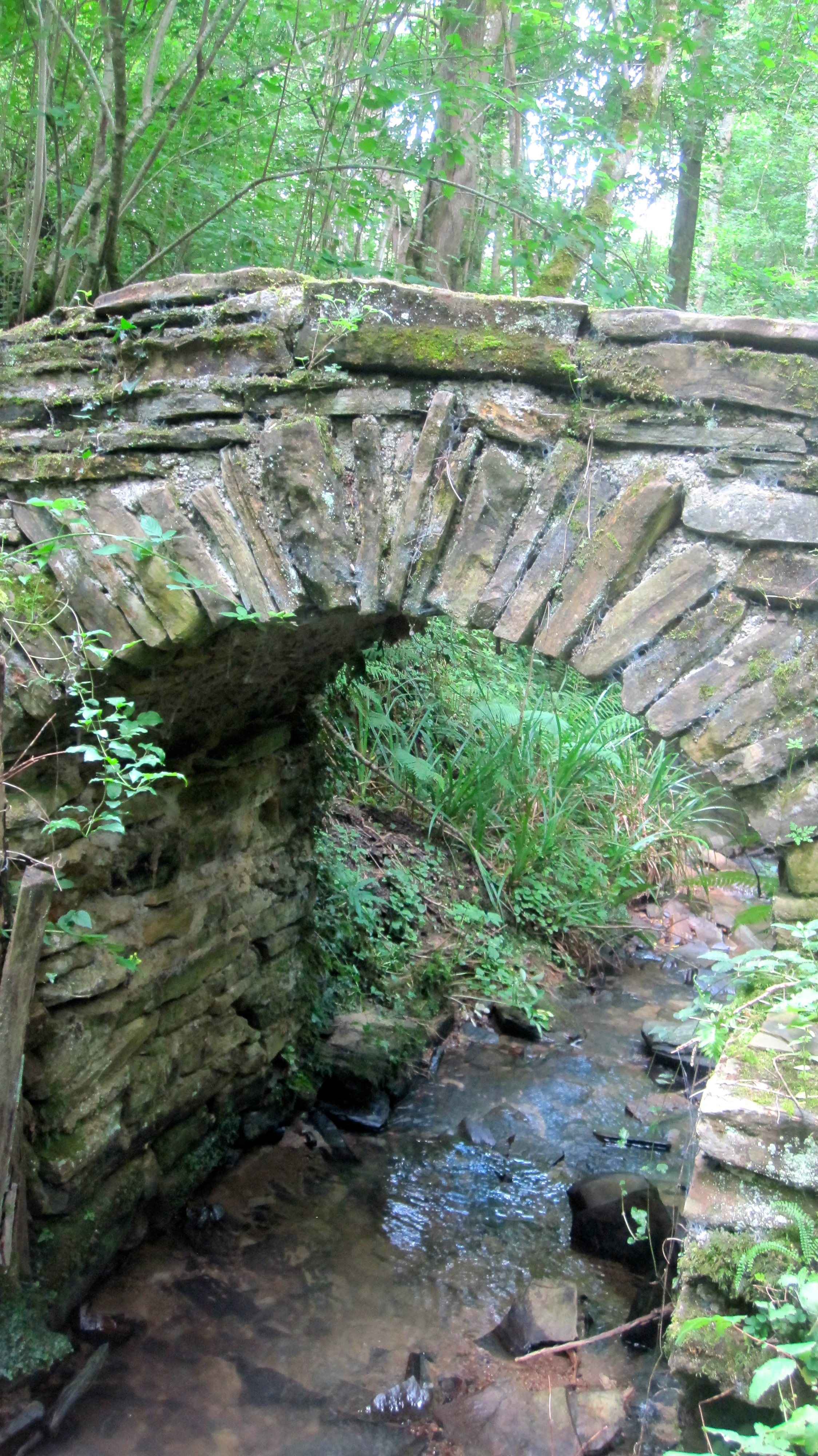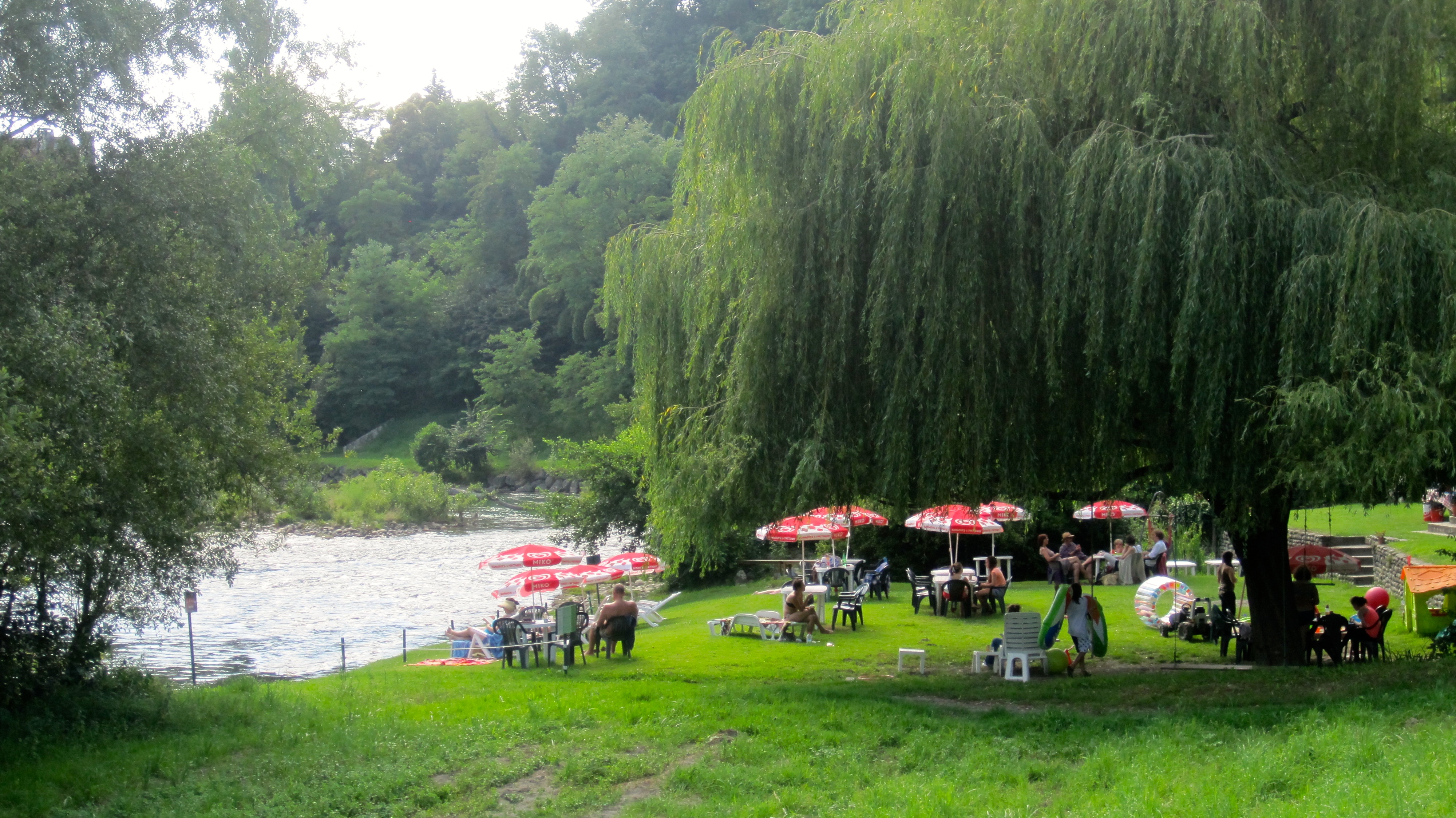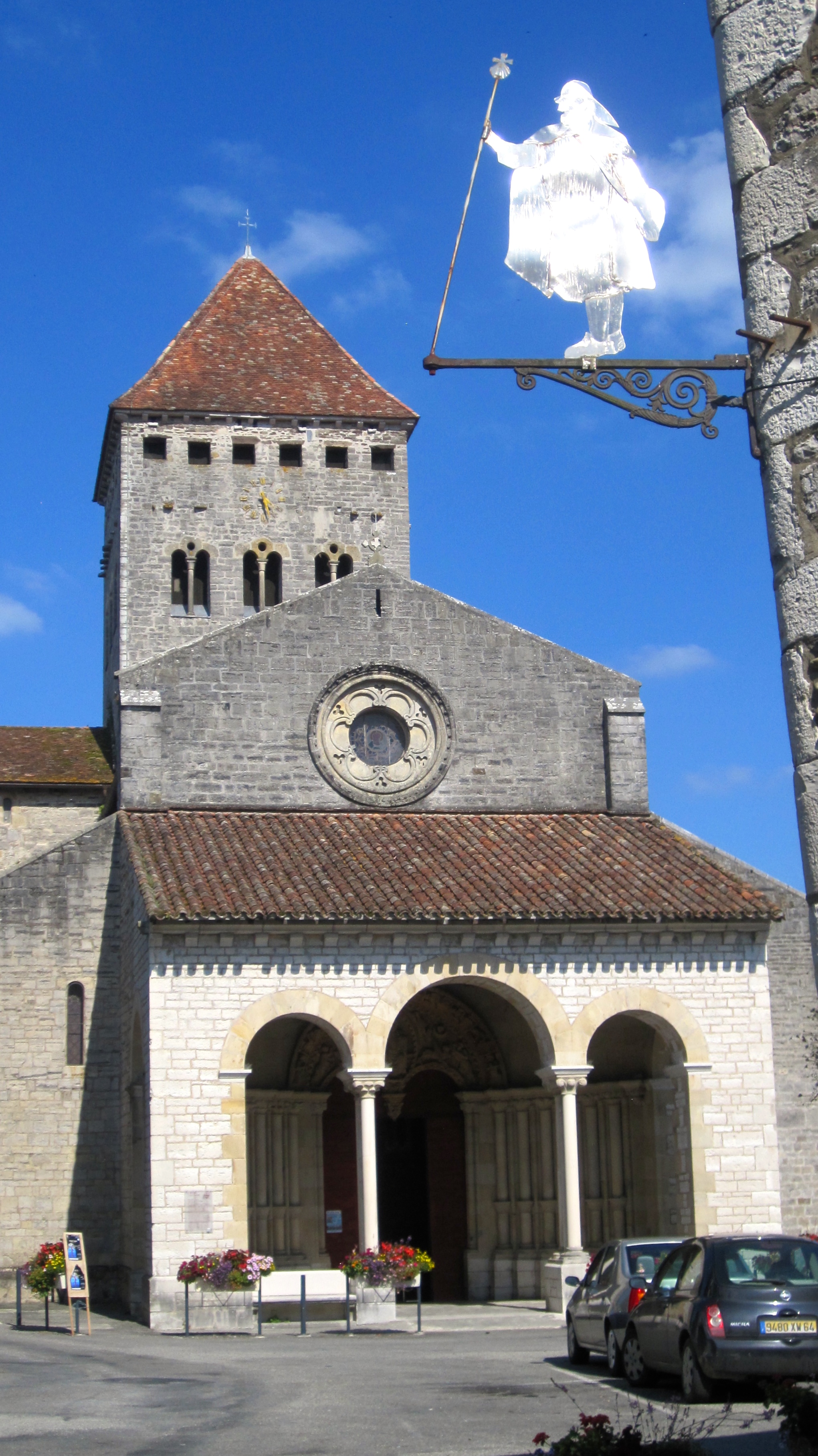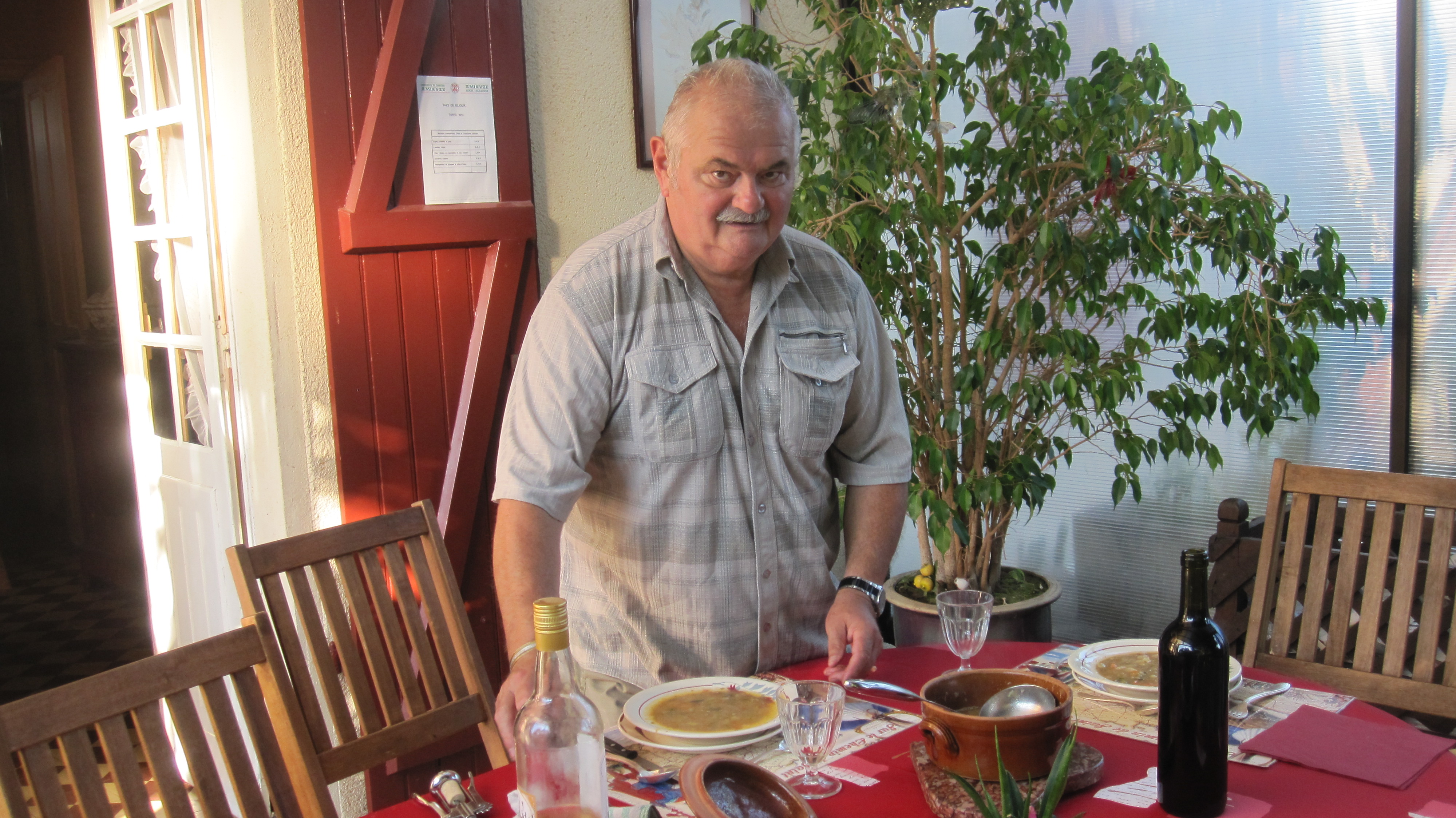DAY THIRTYNINE
ORTHEZ – OSSERAIN-RIVAREYTE
Then
Erase all the bars one by one
Taking care not to touch a feather of the bird
Then paint a picture of the tree
Choosing the loveliest branches
For the bird……..
Jaques Prévert
After a nice breakfast with the other four pilgrims, I left the town and was intrigued
by the beauty of the countryside. In the distance, the Pyreneans were already visible.
The area was hilly with little villages and many vibrant blooming flowers.
Mairie (city hall) of Lanneplaà
Morning glory
In the village l’Hôtipal d’Orion, a statue of a pilgrim is walking toward the 13th
century church Sainte-Marie-de Madeleine. Once, this was an important place
for the medieval pilgrims. Remains of a pilgrim’s hospital founded in 1114 can
still be seen. When I walked into the church, cool air was welcoming me. Little
mushrooms growing in between the cracks of the stone floor obviously loved it too.
Statue of a pilgrim with staff, shell and the typical pilgrim’s hat
Church Sainte-Marie-Madeleine with cemetery
In the shade of the forest beside a creek, I rested for a long time. Hundreds of
fluorescent blue dragonflies were restlessly flying above the water. One even
landed on my arm. This was a very special place to be.
At 5 p.m. I arrived in the medieval town Sauveterre–de-Béarn, a medieval town
situated on a hill. The name Sauveterre means refuge.
Approaching the town of Sauveterre-de Béarn
In the clear and clean water of the river Gave d’Oloron, people were swimming.
It was so refreshing to see clean water and I wished that I had had more time to
stay there too.
Public bathing beach along the river Rave d’Orlonge with a little restaurant closeby
Stairs up to the city
Église Saint-André
A city wall with many medieval buildings inside surrounds the town. The most
fascinating structure is a stone bridge ending in the middle of the river. The 12th
century bridge was once continued by a wooden structure. This bridge is connected
with a legend. It is said that in 1170, Queen Sancie of Béarn was submitted to the
judgment of God. She was thrown into the river with hands and feet tied because
she was accused of having murdered her newly born deformed son. She survived
and was declared innocent. Therefore, the bridge is called Ponte de Legende.
Pont de la Legende
The city is a tourist destination and did not provide accommodation for pilgrims.
The tourist office recommended staying in the village 2 miles west from the city, in
the village Osserain-Rivareyte. I happily agreed, because the owner of the refuge,
Pascal, promised to pick me up from the tourist office after an hour. I could do
sightseeing without a back bag.
The refuge I stayed in was a house directly beside the cemetery and behind a place
where the popular Basque ball game Pelota was played. Two teams of girls played
against each other, each hitting the little ball with great force against the wall.
Originally, the people played it with bare hands. Now they use wooden rackets.
The village people enjoyed watching it.
The high wall called Fronton where the Basque ball game Pelota is played
Pascal is a retired stonemason. He and his father and grandfather made nearly all of
the tombstones at the cemetery. For the past eight years, he told me, he invites
pilgrims to stay in his house, where he lives alone. He is a great cook and we had a
full menu – vegetable soup, chicken with sauce and noodles, chocolate cake with
fruit salad, cheese and red wine from Rioja. As an aperitif, he served white
Muskateller. It was such a treat!
Pascal’s house beside the cemetery
Dinner with Pascal
– Text and photos contributed by Garyo –

